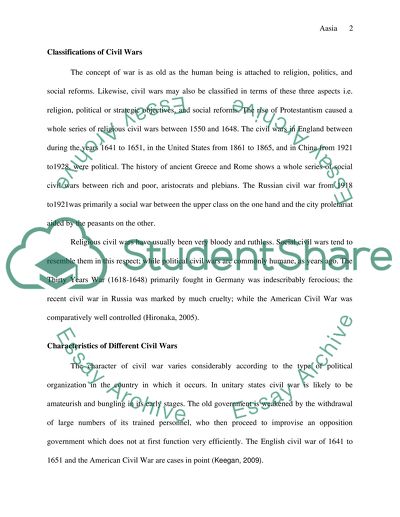Cite this document
(“Civil War Research Paper Example | Topics and Well Written Essays - 1750 words”, n.d.)
Retrieved de https://studentshare.org/history/1448262-the-civil-war
Retrieved de https://studentshare.org/history/1448262-the-civil-war
(Civil War Research Paper Example | Topics and Well Written Essays - 1750 Words)
https://studentshare.org/history/1448262-the-civil-war.
https://studentshare.org/history/1448262-the-civil-war.
“Civil War Research Paper Example | Topics and Well Written Essays - 1750 Words”, n.d. https://studentshare.org/history/1448262-the-civil-war.


